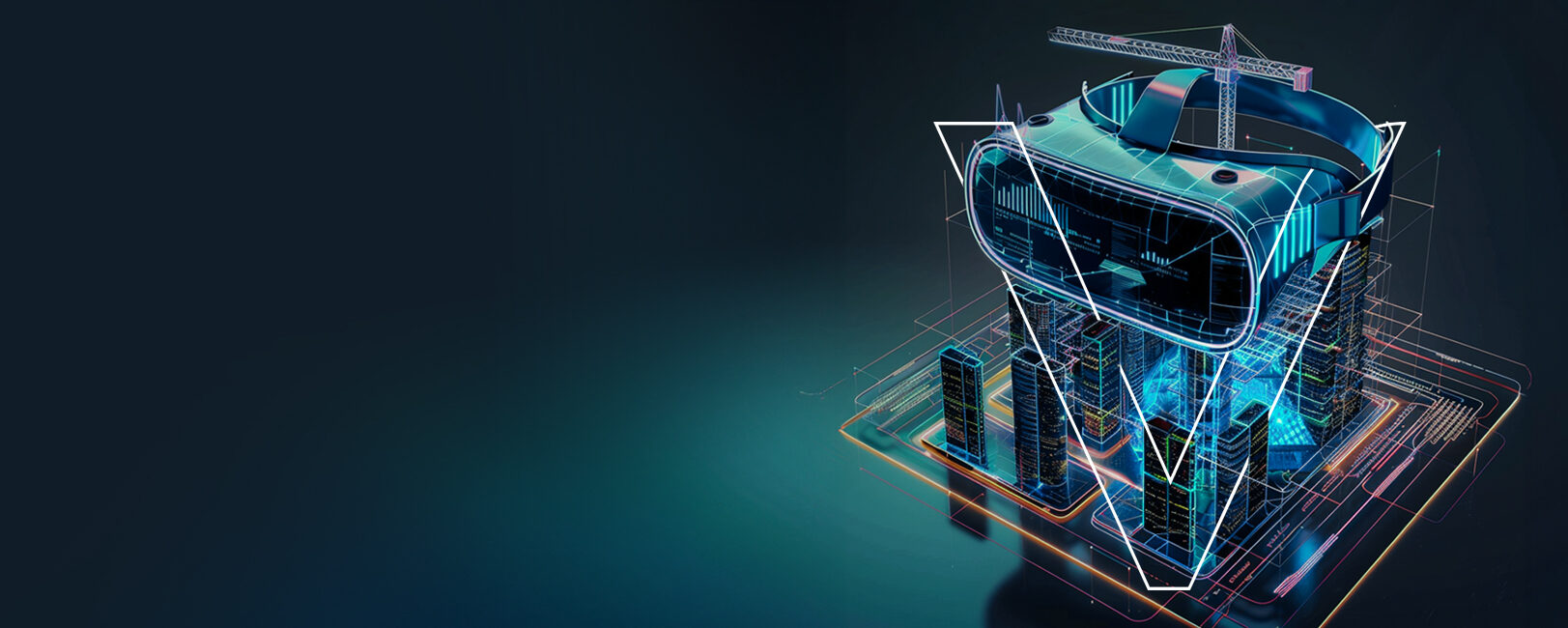Imagine a new world: a world where construction work takes a fraction of the time (think days not months), and unnecessary costs are avoided entirely because of better material organization and new technologies (think houses that cost up to 45% less). Advanced technologies are making our modern lives easier, quicker, and expanding our horizons, so why shouldn’t one of the most demanded and growing industries follow suit?
The construction industry is undergoing a paradigm shift with the advent of new industrialized construction technologies and methodologies that are replacing traditional construction processes and tools. Early adoption of these technologies is crucial, so let’s learn about industrialized construction and how its benefits are building a greener future.
What is Industrialized Construction?
Industrialized construction (IC) is a building methodology that aims to optimize the construction process by integrating automation and mechanization in a factory production environment. It involves the use of precision technology and lean production methodologies to fabricate building components with high accuracy and quality.
Industrialized construction shifts the focus from being project-based to product-based, replicating the ethos of many manufacturing processes.
Industrialized construction is the secret ingredient for companies in our industry to prioritize both sustainability and efficiency at the same time – it is no longer one or the other.
IC vs. traditional construction methods
The traditional construction industry has long been plagued by inefficiencies, cost overruns, delays, and quality issues. Unlike traditional construction, industrialized construction shifts the focus to technology and processes, which allows for better control within and across different construction phases, as well as the ability to construction more quickly and eliminate potential manmade errors.
Due to the complex nature of our industry, where each building and each floor requires specific designs, dimensions or adaptations, IC has to provide “mass customization”. Mass customization means standardizing processes to gain efficiencies through economies of scale, while providing enough customization in the products to fit most of the project needs.

Some examples of IC
Industrialized construction is an umbrella term that consists of different elements, such as:
- Offsite construction, prefabrication & modular construction: Offsite construction refers to the manufacturing of building components in a factory. It’s similar to prefab, although prefab is the historical terminology associated with low quality housing solutions. construction falls under the offsite construction umbrella but is often referred to as a specific building system of volumetric units, such as entire rooms.
- Additive manufacturing: Also known as 3DCP, uses 3D printing technology to save time, reduce material waste, and increase design flexibility.
- Advanced robotics: Robotics are another example of industrialized construction that helps alleviate construction’s workforce issues, while also improving accuracy and efficiency.
- Digitalization as an Enabler: New technologies and methodologies, such as Building Information Modelling, allow for IC since designs are made to manufacture and assembly (DfMA) and can be translated from design to factory/machine for production.
How does IC help reduce the environmental impact of construction?
Industrialized construction not only offers improved efficiency and cost-effectiveness through automation and standardization, but it also creates a positive impact on the environment.
One of the key environmental impacts of industrialized construction is the reduction of construction waste. As we know, construction and demolition waste makes up more than a third of all waste generated in the EU.
Since IC methodologies and technologies improve accuracy, materials can be used more efficiently and waste can be minimized. Also, materials in a factory environment can be better recycled or repurposed. This leads to a significant reduction in the number of raw materials required to be extracted and transported, as well as the amount of construction debris sent to landfills post-construction.
Furthermore, industrialized construction techniques often utilize sustainable and eco-friendly materials since continuous improvement practices are more common in product-based processes than in project-based ones. By choosing materials that have a lower environmental impact, industrialized construction helps us create both a greener built and natural environment.

Other benefits of IC
Industrialized construction offers a wide range of benefits that extend beyond its positive environmental impact. The automation of processes and standardization of building components results in the following benefits:
- Improved safety.
- Reduced labor costs.
- Enhanced productivity and better project control.
- Cost-effectiveness.
- Better quality constructions.
- Solution for the global housing crisis.
- Better working conditions for the workforce
But it’s not all advantages…
While industrialized construction offers numerous benefits, it also presents some challenges and limitations that need to be addressed.
- Transportation and logistics of large technologies and prefabricated parts.
- Volatility and delayed starts within factory environments.
- Requires a change in cash flow management and building completion certifications for payment releases.
- Different design limitations.
- Lack of compliance and regulatory support.
- Slow industry acceptance due to risk-aversion in our industry.
How Cemex Ventures helps improve the world through industrialized construction
Industrialized construction is paving the way for a greener future in the construction industry, and it is projected that by 2035 a much larger share of buildings will be constructed using IC.
We are seeing strong drivers that favor industrialized construction. Macroeconomic drivers like labor shortage, housing shortage and increasing prices are calling for new solutions. On the other hand, social and government pressure to increase sustainability of construction and increasing the output of new housing solutions. And technology and digitalization are the enablers to make it happen. The time to test and scale these technologies and methodologies is now.
We are looking for startups with IC solutions that will redefine the Future of Construction, such as COBOD and Modulous.

COBOD
We invested in the global leader in construction-grade 3D printers in 2022. COBOD’s mission is to disrupt the global construction industry through world class multifunctional construction robots based on 3D printing systems. In addition to our investment, in 2021 Cemex and COBOD introduced D.fab, the first ever 3D printing solution that utilizes conventional ready-mix concrete in the building process. The solution is universally applicable, economically viable and industrialized.
Modulous
In 2021 we invested in Modulous, a startup dedicated to transforming the global construction process as it’s known nowadays. Modulous has created a unique approach to relieve the global housing crisis by profoundly redefining how houses are designed and built, leveraging on innovative technologies like modular construction.
The company has developed a highly engineered kit of parts than enables third-party local builders to assemble and install high quality, sustainable and truly affordable homes, at scale and on time. Modulous’ digital platform TESSA instantly creates building designs based on their kit of parts, making accurate benefit and cost estimations, and giving reliable construction plans. The software platform includes the use of artificial intelligence, generative design and 5D BIM modelling, providing a fully integrated supply chain solution.
As we move towards a more sustainable future, it’s crucial that we embrace industrialized construction and explore its full potential. Is industrialized construction a synonym for the future of construction? You tell us!
Does your startup have an industrialized construction solution that can make the industry more sustainable? Contact us today to discuss how your startup can contribute to a greener future together with Cemex.


